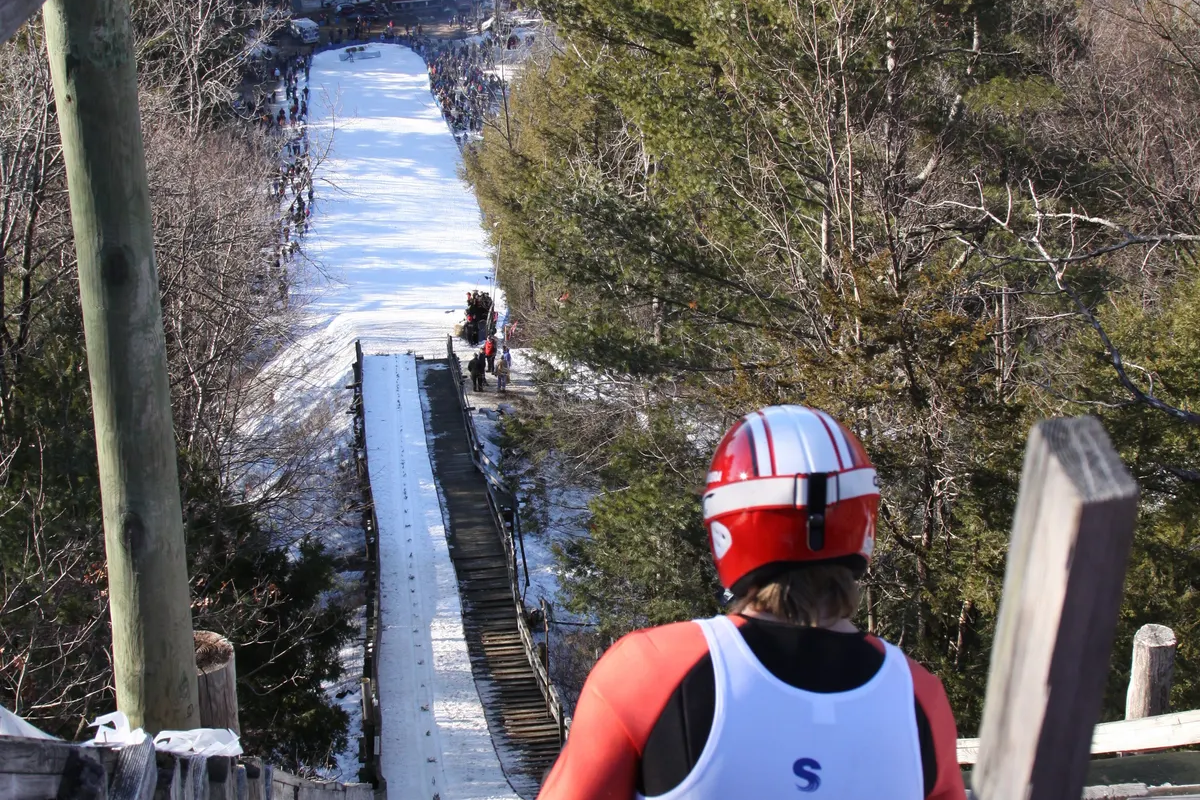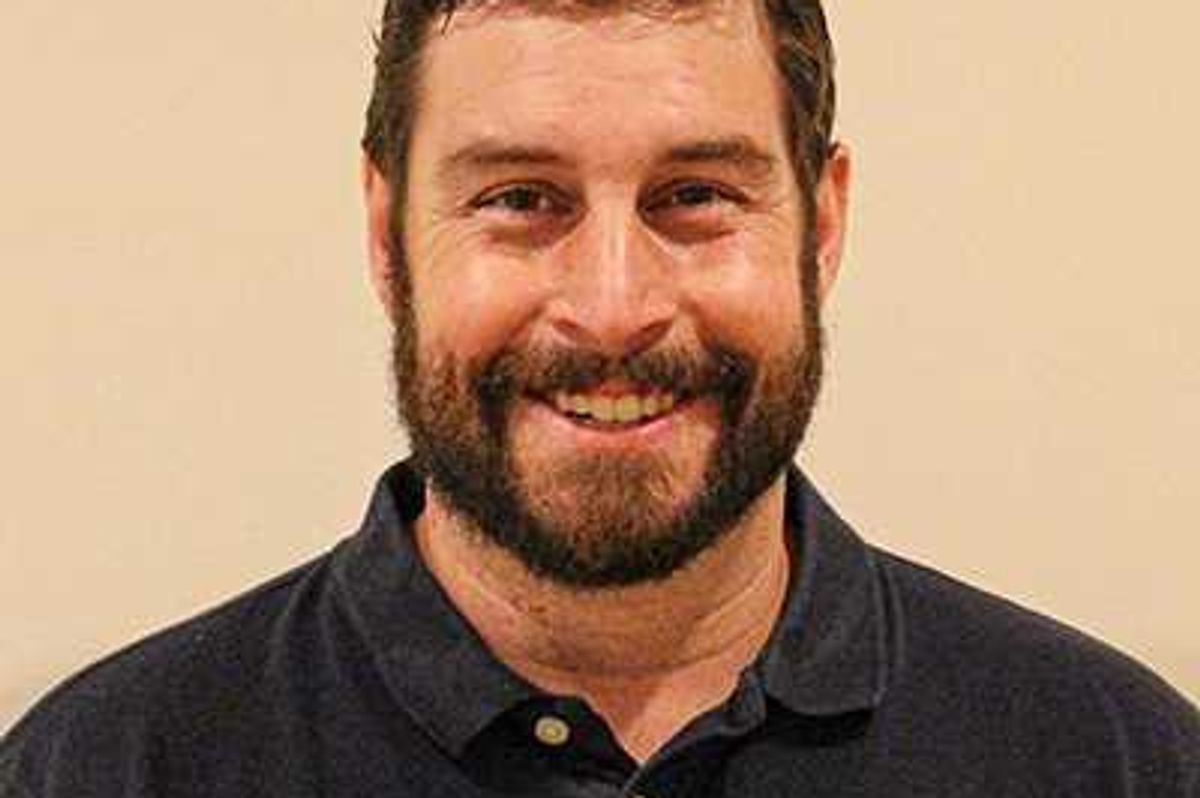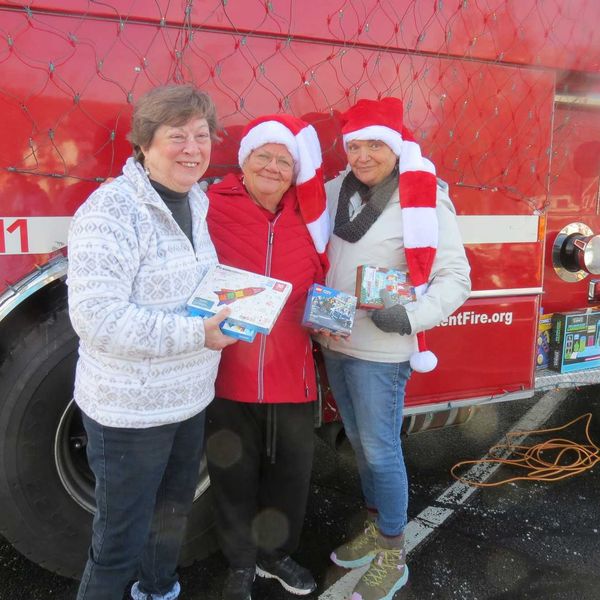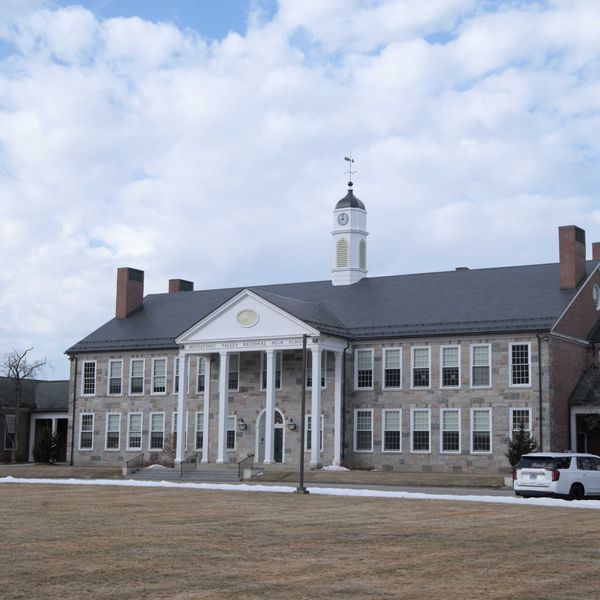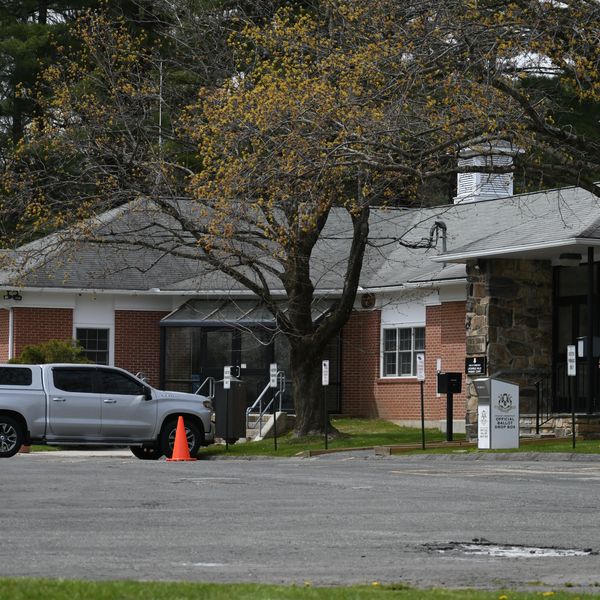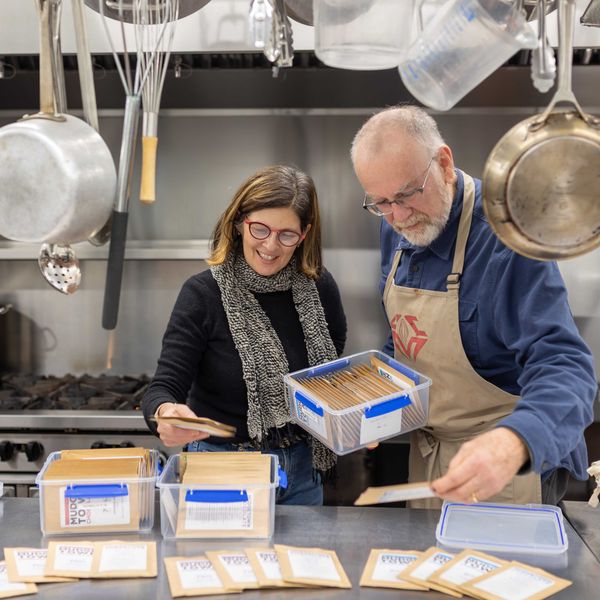Returning to angling form after long, hot and dry summer
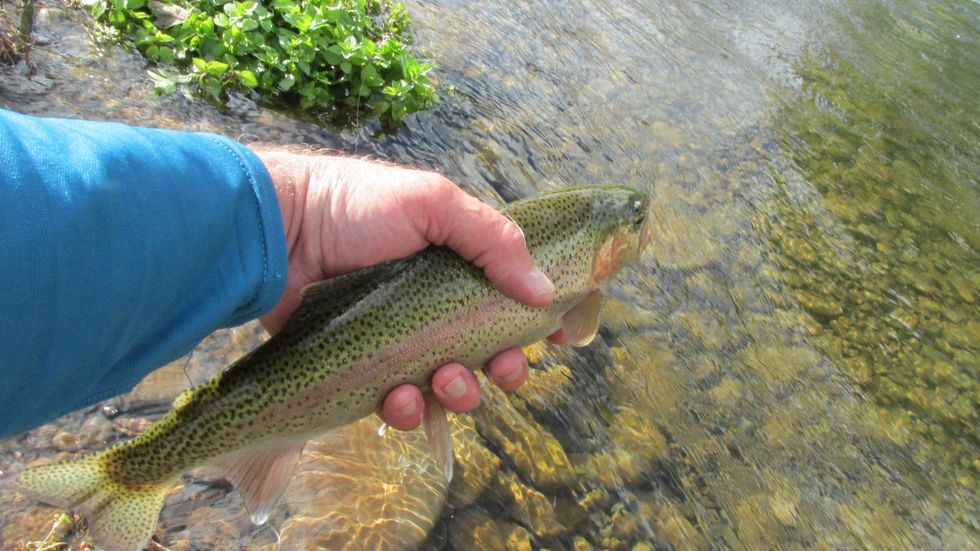
A fat, healthy and wild rainbow trout came to the author’s (wet) hand on the Esopus Creek last week. New York state no longer stocks the Esopus, in order to encourage the reproduction of wild rainbow trout.
Photo by Patrick L. Sullivan
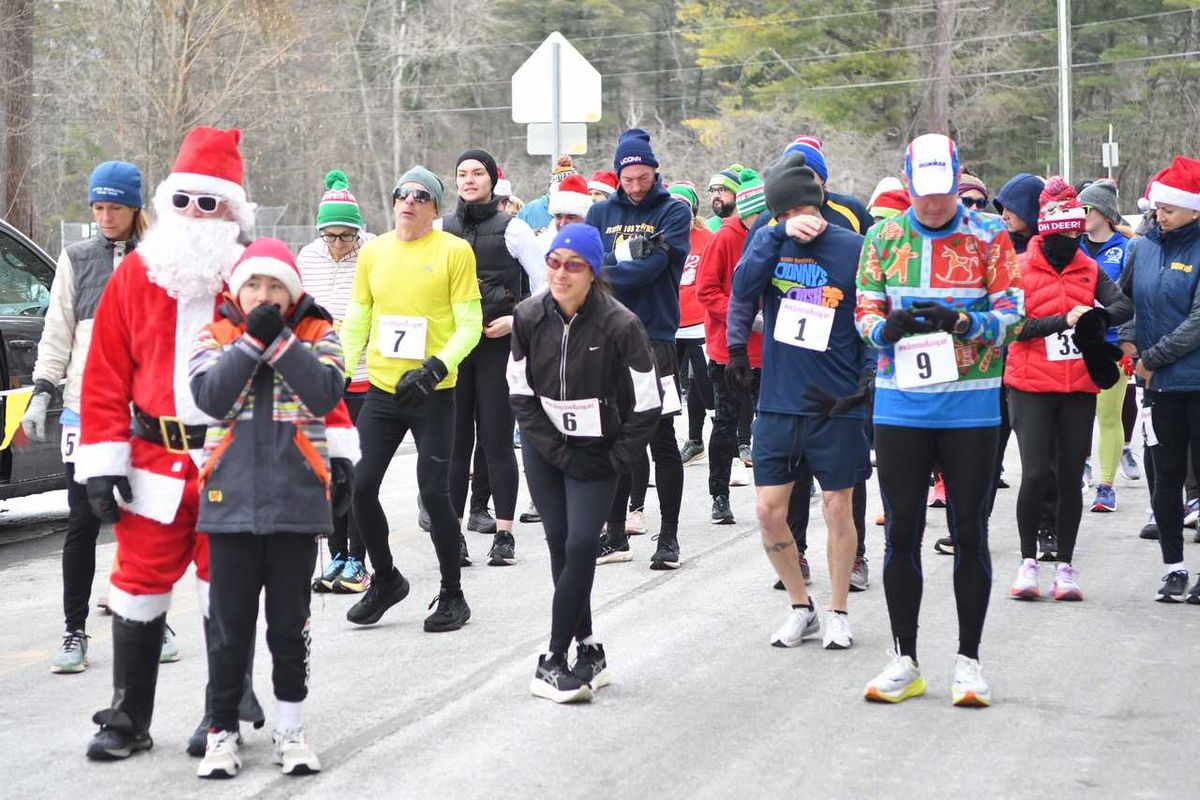
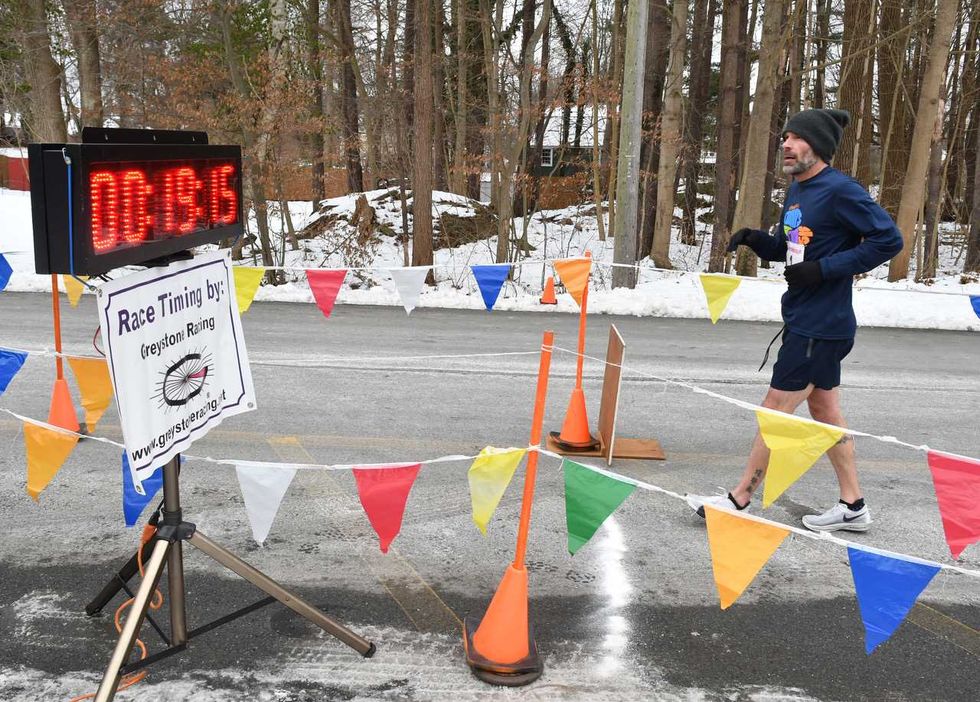 Michael Mills of Goshen crosses the finish line to win the 5th Annual North Canaan Santa Chase 5K on Saturday, Dec. 13, ByJohn Coston
Michael Mills of Goshen crosses the finish line to win the 5th Annual North Canaan Santa Chase 5K on Saturday, Dec. 13, ByJohn Coston 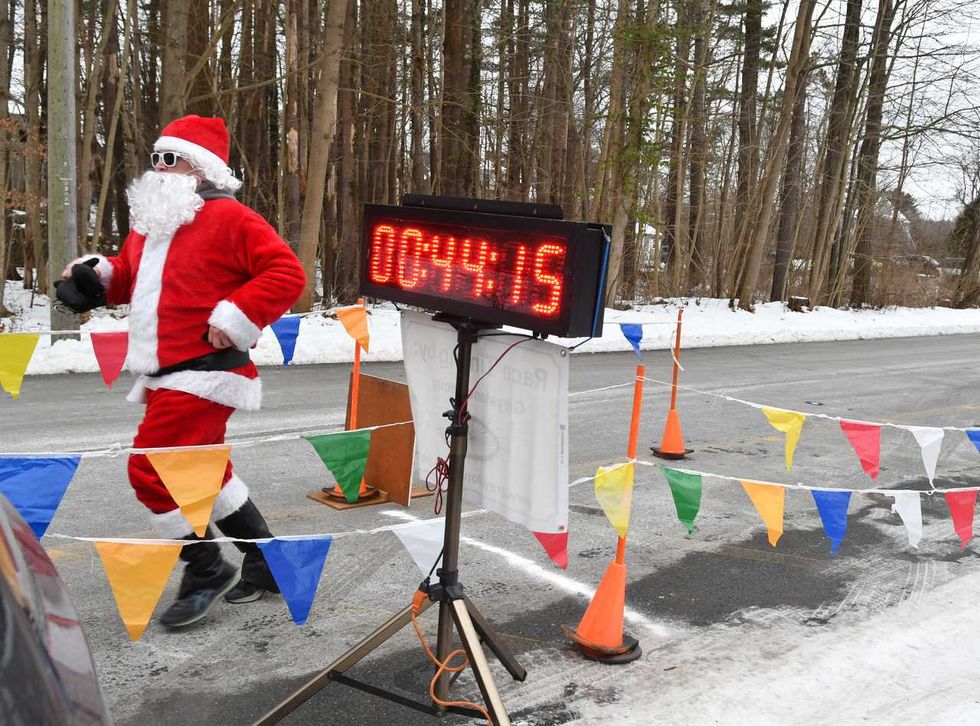 Santa crosses the finish line at the 5th Annual North Canaan Santa Chase 5K By John Coston
Santa crosses the finish line at the 5th Annual North Canaan Santa Chase 5K By John Coston 
